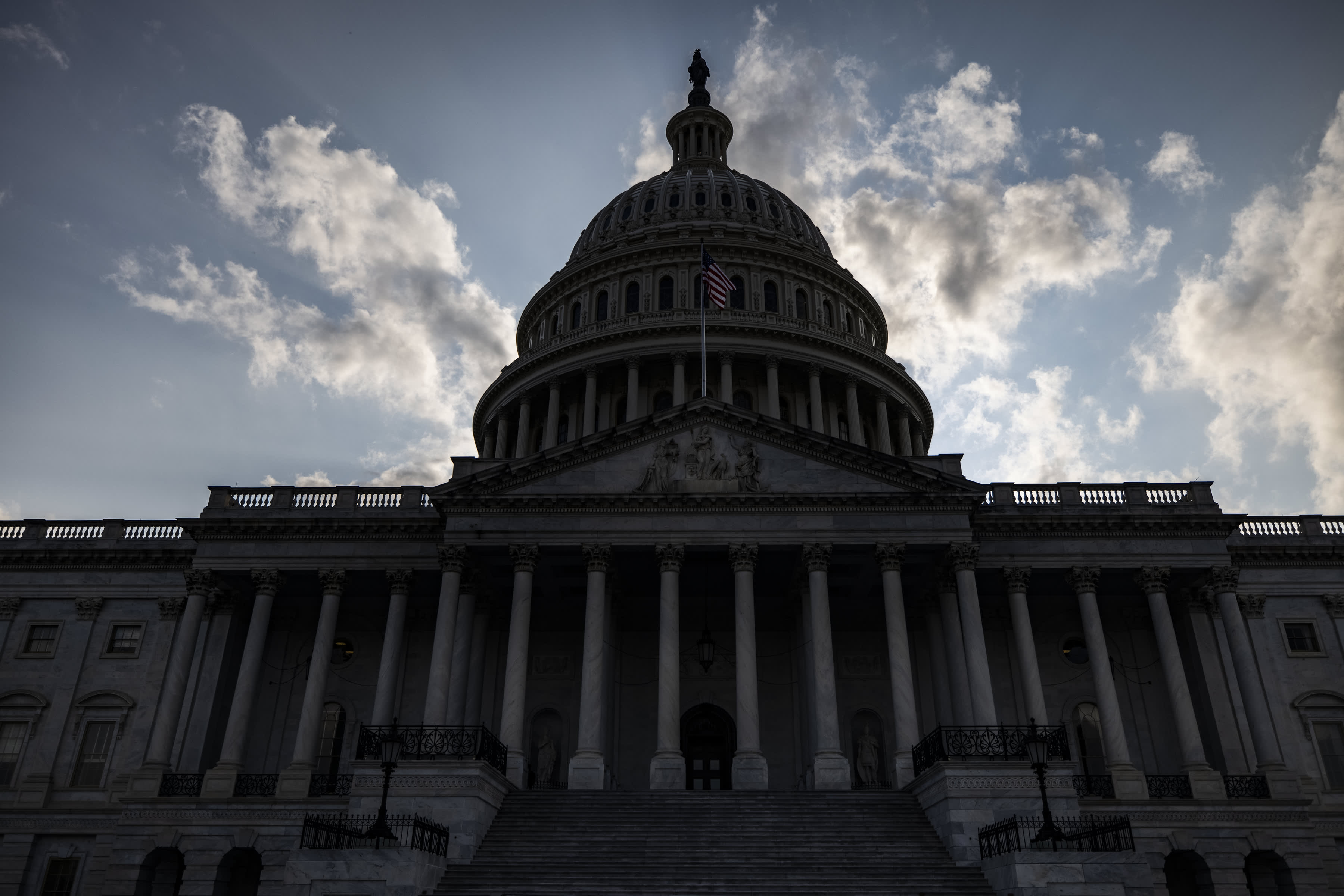States’ early withdrawals from federal unemployment programs in recent weeks are helping Senate lawmakers finance upgrades to the nation’s infrastructure, according to legislative text unveiled Sunday.
Twenty-six states, largely Republican, have pulled out of pandemic-era programs since mid-June. The American Rescue Plan offered federal unemployment assistance — which expanded the pool of workers eligible for benefits and raised aid by $300 a week — through Labor Day.
The state withdrawals and an improving U.S. economy will save the federal government $53 billion in 2021 and 2022, according to a Congressional Budget Office analysis published in July.
More from Personal Finance:
More than 7.5 million may fall off the looming unemployment cliff
Affluent, ready to travel again, paying with vouchers
Renters still protected from eviction in these states
The Senate’s bipartisan legislation — the Infrastructure Investment and Jobs Act — cites the $53 billion as a source of funding. The bill, which costs $1 trillion, would allocate money toward roads, bridges, public transport, broadband, rail, water and airports.
The unemployment savings stem from a Congressional Budget Office cost estimate in March, when it analyzed the effects of the American Rescue Plan.
“CBO projected that all states would participate in the programs until September,” Phillip Swagel, director of the federal agency, said in a July 16 letter to Sen. Kyrsten Sinema, D-Ariz.
“Second, because of the improving economy, the agency has lowered its forecast of the unemployment rate, resulting in fewer projected beneficiaries for the programs; that also reduced projected costs,” Swagel wrote.
The federal government would save $50 billion in 2021 and $3 billion in 2022, according to the Congressional Budget Office.
State exits from the unemployment programs have been the subject of controversy in recent months.
State officials began announcing their intended withdrawal in early May, citing labor shortages exacerbated by the federal benefit programs.
“Incentives matter, and the vast expansion of federal unemployment benefits is now doing more harm than good,” said Gov. Greg Gianforte of Montana, the first state to announce its withdrawal, on May 4.
Twenty-five states have followed since. All but one – Louisiana – have a Republican governor.
All of them ended a $300-a-week boost to jobless benefits. Most also ended support for the long-term unemployed and others like gig workers, the self-employed and freelancers, all of whom don’t typically qualify for state-level benefits.
However, critics of the states’ decisions to end support early say other pandemic-era factors are likely playing a bigger role in hiring difficulties businesses may be facing.
They point to examples like ongoing Covid health concerns, with a resurgent virus due to the highly contagious delta variant and only half of the U.S. population fully vaccinated; an inability to work due to inadequate child care; and workers having relocated away from jobs, or changed industries, during the pandemic.
With the $300 supplement, almost half of jobless workers (48%) make as much or more money on unemployment benefits than their lost paychecks, according to a recent paper published by the JPMorgan Chase & Co. Institute.
The extra funds had a small impact on job-finding among workers, but “were not holding back the labor market recovery in a very significant way,” according to economists Fiona Greig, Daniel Sullivan, Peter Ganong, Pascal Noel and Joseph Vavra, who authored the analysis. The paper examined data as of May 2021.
Early evidence suggests the state policies haven’t immediately pushed people back into the workforce, though economists say more data is necessary to make judgments on long-term impact.
